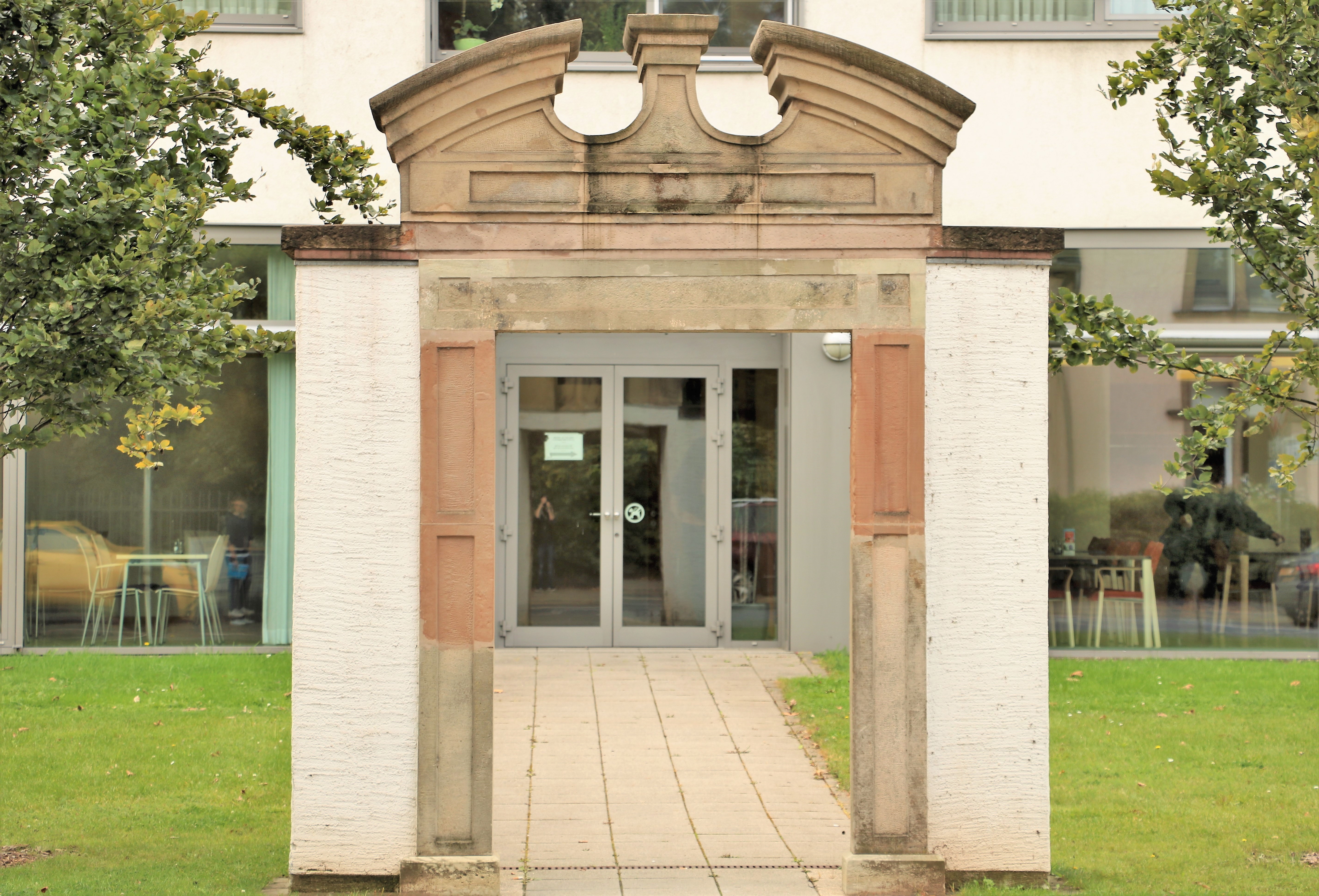A Tale of Several Cities and of a Querulous

In front of the Centre Pontalize, you can see an archway, a remnant of the existing caserns where the Hospice Central was founded in 1855. In this case, the archway stands as a metaphor for the doors and borders that some of the mentally ill people had to cross.
The situation of women in mental institutions represented an even more sensitive element of debate. If transnational legal issues were added to diagnoses, individual cases would become case ‘studies’. This was the case of a patient whose file is to be found in the CHNP archives, called Sylvie*, who had been interned in psychiatric institutions in Vienna, Munich and Brussels, before being permanently transferred to Ettelbruck, where she died following apoplexy. Her diagnosis of quérulance becomes relevant in the context of the multiple complaints made by her to the high authorities from different countries, due to her conviction that she was not being made justice.

The main issue was whether madness was truly a diagnosis, or rather a social construct, i.e. a way of describing those who were posing problems to society. Consequently, the history of psychiatry becomes a social history more than a medical one. Another question that was raised was whether madness was caused by social factors. Psychiatric institutions have often been described by historians and other scholars as prisons, since placing patients in them represented the control of social disorder (to name some scholars who have worked on the topic: Erving Goffman, Thomas Szasz, Roy Porter). Sylvie, for instance, considered that her mental state was simply caused by the authorities who were not doing her justice.
The contrasting images of the asylum are, hence, those of the asylum as an instrument meant to be healing people and the asylum as an institution that harms patients even more. The regulations regarding forced internment have a social control side, rather than a medical discourse one. The patients would normally experience a worsening of symptoms and the handling of mental patients included authorities and the police. The dossier of Sylvie shows that the patient had the idea of persecution clear in mind and that she was placed in mental institutions as advised by the police. The challenge of methodological diagnoses remained in place until the end of the 20th century, as it has been suggested that psychiatrists did not always act in the interest of the patients, by violating the Hippocratic Oath. In the 19th century, intimidation was still an inherent part of the asylum treatment.
Analyses placed psychiatrists in a juridical context, to the extent where they became linked to ministers, rather than medicine. Psychiatry as a discipline is not only part of medicine, but also of juridical matters. Since legal and psychiatric matters were intertwined, medical history is also linked to social and cultural history.
*Fictional name.
This text is based on TIRA, Otilia, Assess to What Extent the Intrusion of Legal Authorities in Psychiatric Cases Influenced the Development of the Antipsychiatric Movement. A Case Study of the Repatriation of [replaced by fictional name], Travail de séminaire (MAHEC, course: Being Crazy in Luxembourg, lecturer: Benoît MAJERUS), Université du Luxembourg, 2017.
